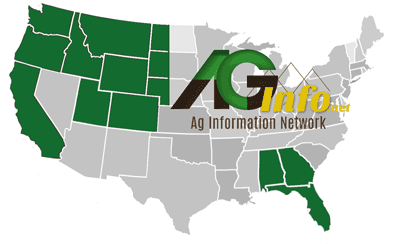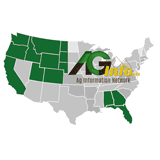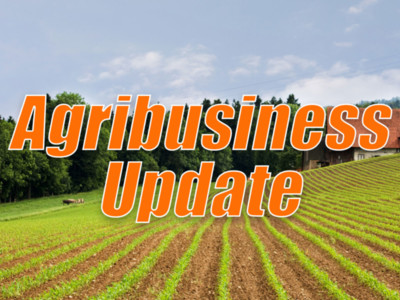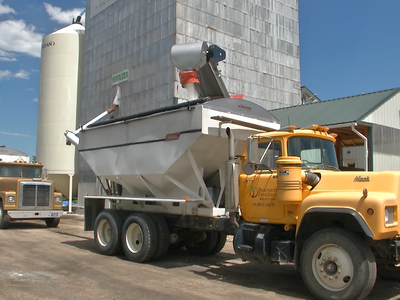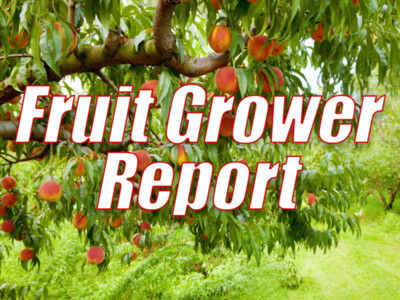Direct Seeding
A recent article in a Magic Valley publication talked about a direct seeding program that may enable farmers to cut down on equipment and labor costs in off years and, in so doing, may provide enough incentive to reduce tillage for the rest of the rotation. There are also supposed to be environmental benefits. What?? University of Idaho Extension Educator Steve Hines takes over with an explanation. “The payoff in direct seeding comes from a couple of ways. One of those is reduced fuel and reduced number of passes over the field, which last year when fuel was in that $4 range or high $3 for farm fuel those guys were really interested in doing that but more importantly, over time it keeps that organic matter in the upper layers of the soil surface, it helps build the soil, it improves the organic matter which improves the nutrient holding capacity so when fertilizers are put down they’re held in place better, it allows the water to penetrate the soil surface and hold in place better. It allows for more air movement within the soil. It improves the biological component of the microbial activity in the upper layers of the soil. There are a lot of advantages to it.”
